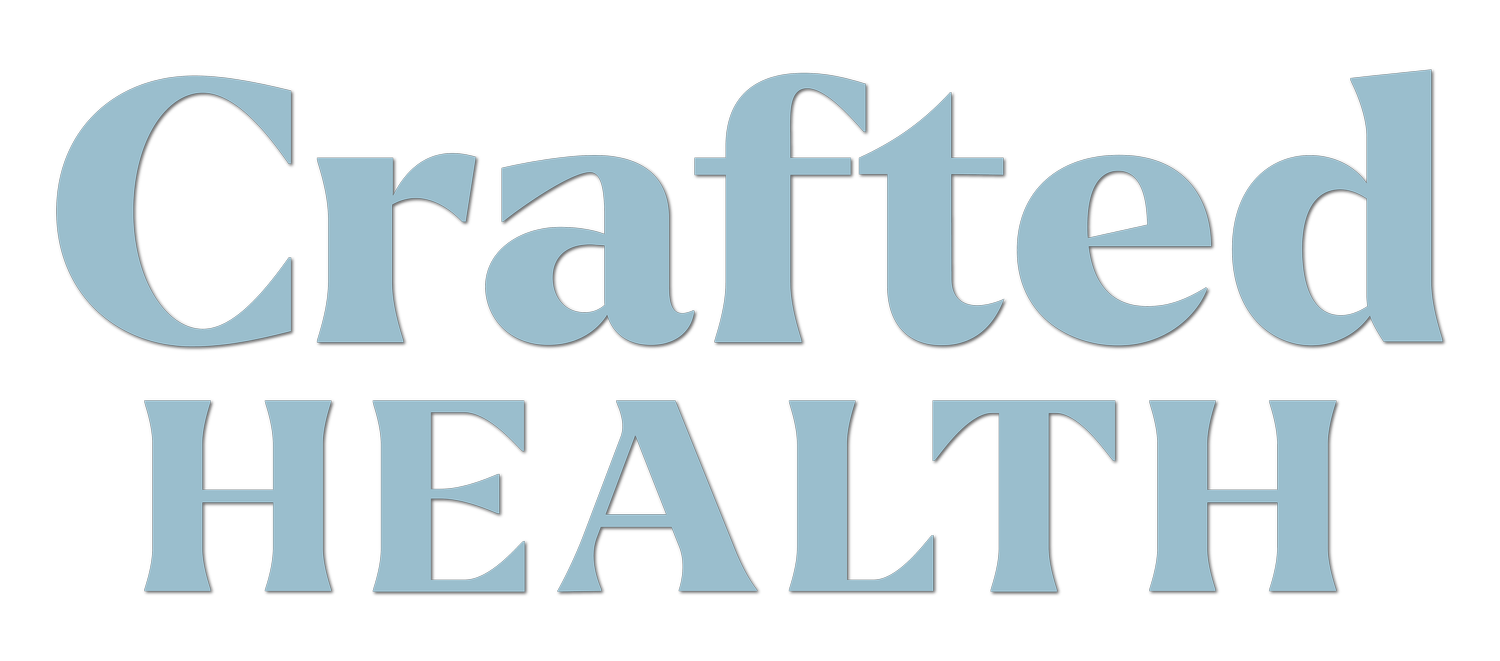Muscle Strain
This is a type of injury that affects not only runners but any athlete that involves running, jumping, or quick movements in their sport.
Muscle strains/tears can happen in any muscle. The physiology is similar if its your quadriceps, hamstrings, or calves. Essentially, the capacity of what this muscle can handle is outweighed by the force of the activity you’re performing, leading to a tear in the muscle fibers.
So what do you do? SPECIFICITY is VERY important in the rehabilitation of a muscle strain. Specificity in this situation means that when you perform soft tissue work or rehab exercises, you’re doing them in a way that causes the forces they generate to accurately go through the newly healing tissue. This could mean taking traditional exercises and modifying them in ways that are more effective for your situation.
*Note: just allowing a strained muscle to “rest” for days to weeks will reduce pain levels, but it may cause that area to become a weak point. You may then start having reoccurring strains over time.
Note: this post is not intended to be medical advice. Any injuries or pains felt should be thoroughly assessed by a Chiro or PT. A proper diagnosis is key for a muscle strain.
When it comes to the early stages of a muscle strain (calf in this case), here are a couple ways I have patients increase their specificity when first starting rehab.
1️⃣ Use a tennis ball/lacrosse ball or your own fingers on the region of injury to feel the muscle contractions.
2️⃣ Modify the way you do an exercise to feel greater engagement in the region of injury.
Check out dr.jeffwong on Instagram for videos of how to perform this!
